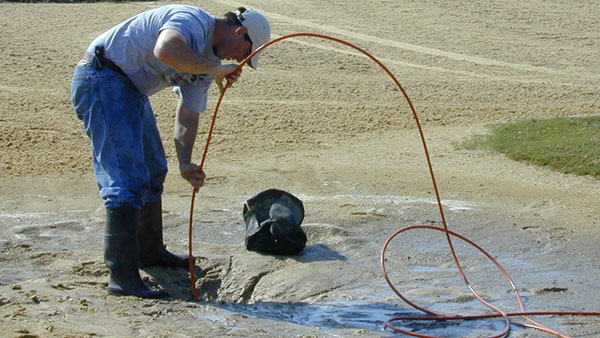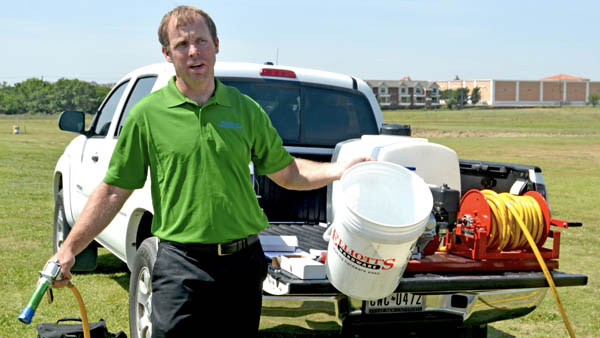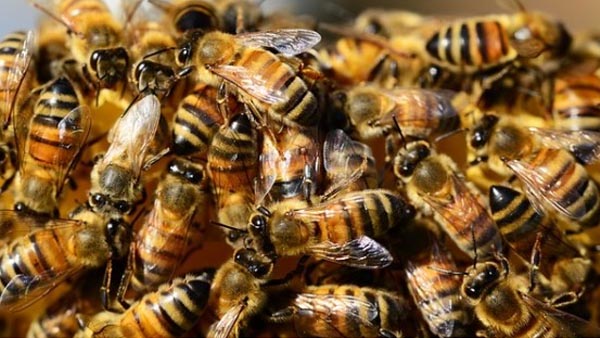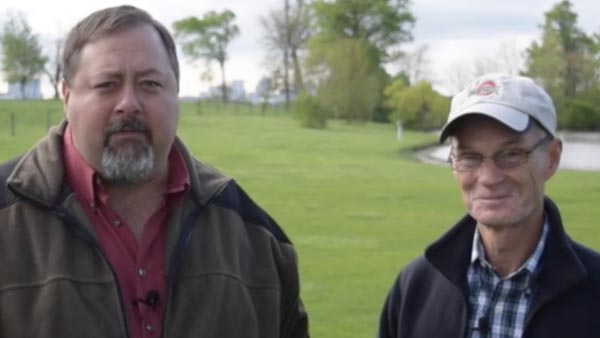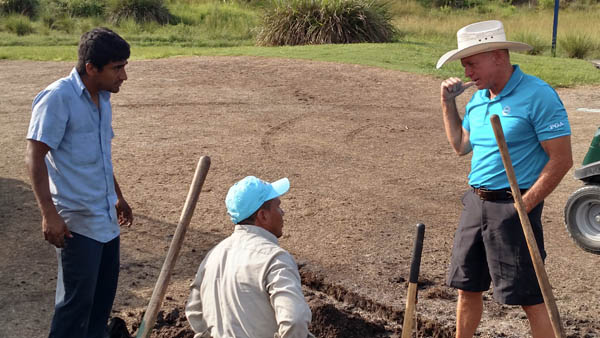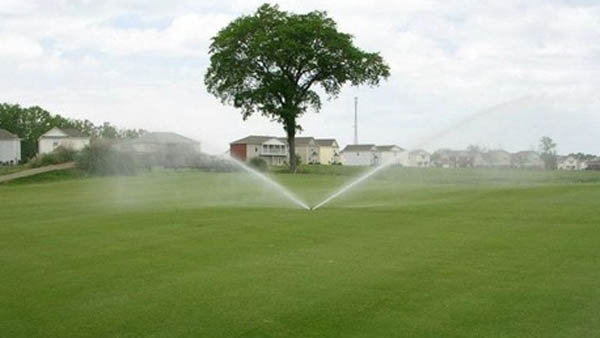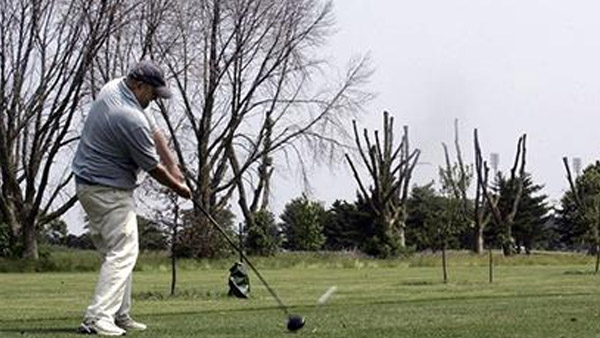

Some tips for communicating through a crisis include plan ahead, plan for the worst, act fast, show sorrow or remorse for victims without admitting guilt and try to get past it as quickly as possible.
"We spend an inordinate amount of time building our brand and earning consumer trust," said Lisa Lochridge, director of public affairs for the Florida Fruit and Vegetable Association, whose talk entitled "Preparing for the Worst: Communicating in a Crisis" kicked off this year's Turf and Ornamental Communicators Association annual meeting recently in Tampa. "That is our capital, and one crisis can wipe that out overnight."
As the face of an industry that also relies on working the ground to produce living crops, Lochridge knows a thing or two about communicating in a crisis.
When a Texas fertilizer plant built next to a school exploded killing dozens of people and sending dozens more to the hospital, she fielded countless calls from Floridians and members of the mainstream media who wondered whether the same thing could happen in their state.
She guided her association and managed the message through an e-coli breakout that initially was blamed on Florida-grown tomatoes before it was eventually determined that peppers grown in Mexico were the source.
"It was like a runaway horse. I'd listen to 10 voicemails, and 10 more calls would come in in the meantime," she said. "If you've ever been on a runaway horse, you want to feel like you are steering, but you're really just holding on for dear life.
"You have to consider the world we live in with 24-hour social media and 24-hour news. You have to be out there telling your story. If you're not out there telling it, someone else will be, and they might not get it right."
Lochridge defined a crisis as any "unplanned or unwanted visibility."
"It's when you find yourself in the crosshairs and you don't want to be," she said.
There are four types of crises, any of which can apply throughout the golf business either to individual operations, vendors, associations, or the overall industry as a whole.
Immediate - unexpected and devastating. Smoldering - preventable, signs it is coming, failure to act can cause things to erupt. Strategic - intentional, for business reasons, must be explained. Sustained - nagging, ongoing, never goes away.
The steps to managing a crisis are mitigation and prevention, preparedness, response and recovery.
"You want to spend a lot of your time in mitigation and prevention," Lochridge said.
"Crisis communication gives you a chance to look at what risk is and put measures and processes into place that hopefully will keep a crisis from happening in first place. Another goal is shortening the lifecycle of the crisis as soon as you can. You want to get through it, and you want to get over it and resume normal operations as soon as possible. How you respond in first 12 hours is going to go a long way in determining how you are going to recover and how quickly you are going to recover."
Another goal is shortening the lifecycle of the crisis as soon as you can...
She suggests assembling a team of key players who can help draft a communications plan that can be adapted to a variety of challenges.
"Messaging is a critical component of your plan. Who has to say what to whom? You have to make decisions in an informed way" she said.
"A plan is a blueprint for what you want to say, to whom you want to say it and how do you want to say it and when. It guides you through the process and is a framework that is adaptable. If you have a plan, you might have to adapt it, but if something happens you already have something from which to work."
When something does occur, it is critical to be on top of it early. Otherwise, depending on the crisis, it is only a matter of time before someone else's version shows up on social media or a video on YouTube.
"People are slow to come around to the idea of be out there quickly and deal with a crisis and get it over with," Lochridge said. "People tend to go into hunker down mode and that can be fatal in this world of 24-hour social media and 24-hour news."
If managing through the crisis will include addressing the media, try to anticipate what questions will be asked and be ready for those tough questions that you dread.
"Keep your message on point," she said. "Think of the one question you would love to answer only if someone would ask you. If you haven't been asked that one thing, ask it yourself, and answer it."
A large part of any response must be to show concern and regard for any victims without admitting guilt or negligence. That might mean including attorneys in the preventive planning process.
"If you are the face of the crisis, be a leader and show decisiveness," she said. "In today's world, many people fall flat on their face when showing concern and care. With today's consumers, that is not going to get you very far if you are not saying we are really concerned about this and we are going to do everything we can to get to the bottom of it and make sure it doesn't happen again. And you want to be out there telling your story. If you're not someone else will be and chances are they will be getting it wrong."
- Read more...
- 2,524 views



